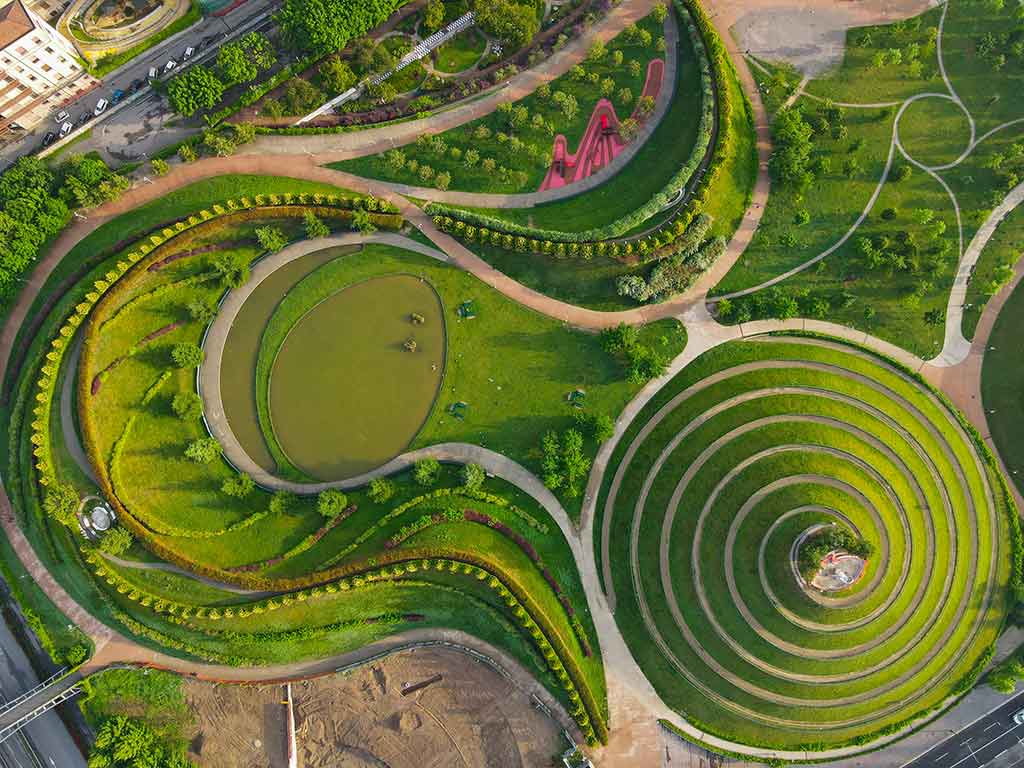
The 135-hectare Cave Park (Parco delle Cave) is Milan's most recently-developed urban park, with diverse flora and fauna, streams, farms and four caves - the latter owing their existence to the process of sand extraction that took place in the early 20th century. Today the caves look like lakes, adding a picturesque touch to the overall appearance of the park.
A project is under way to build three man-made floating islands, introducing a new population of water birds into the existing fauna. In addition to its rich vegetation, Parco delle Cave is also home to various associations which organise educational activities for schoolchildren, sporting competitions and cultural events.
Located near corso Sempione, from where it takes its name, Sempione Park is Milan's biggest green area. It's perfect for long walks and summer picnics, with a large central meadow, an artificial lake and a fountain designed by De Chirico. A 19th-century project by architect Emilio Alemagna, the park also houses the Castello Sforzesco, one of the most popular sites in the city, the Arena, a neoclassic building designed by Luigi Canonica in 1806, and the Arco della Pace, a lesser Arc de Triomphe built for the glorification of Napoleon. ??
Recent efforts have also allowed for the reopening of the 109-metre high steel-tube construction, Torre Littoria or Branca, a 1932 project by world-famous architects Cesare Chiodi, Giò Ponti and Ettore Ferrari, which for years had been closed to the public.
Along with three small lakes, a playground for children and countless monuments and statues, Milan's Giardini Pubblici also feature the 18th-century Palazzo Dugnani. It houses the Greenhouse Laboratories, the Civic Museum of National History and Villa Reale.